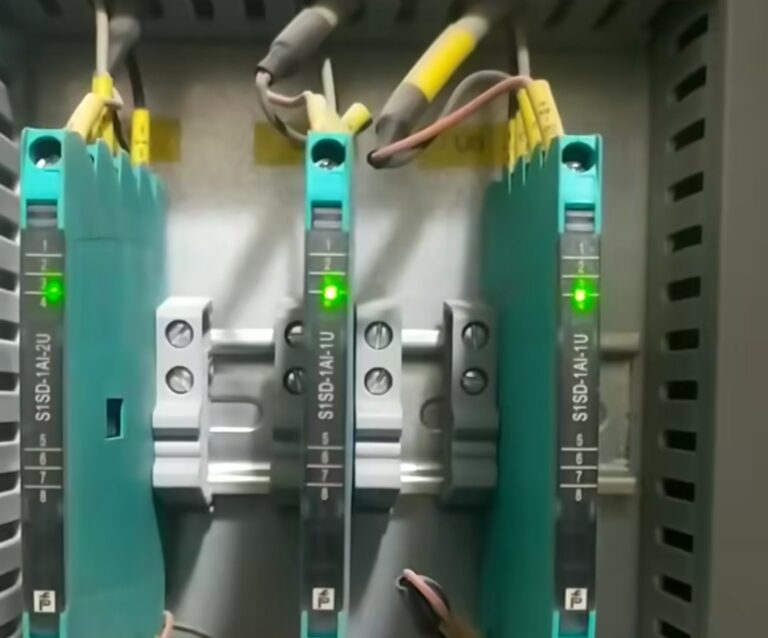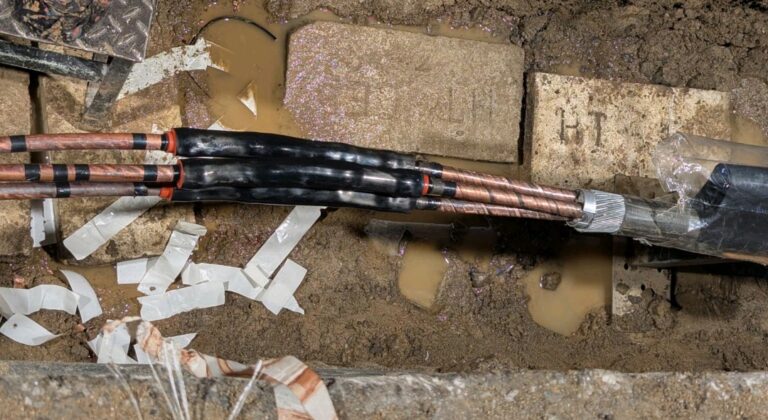Earthing and grounding are often used interchangeably, but they can have distinct meanings depending on the context, particularly in electrical systems.
**Earthing**:-
refers to connecting the non-current-carrying parts of the electrical system (like the metal parts of appliances) to the earth.
This provides a path for fault currents to flow directly to the ground, preventing electric shock or fire. Imagine a metal casing of an electrical appliance.
If a live wire touches the casing due to insulation failure, the casing becomes live. Earthing ensures that the casing is connected to the ground through a thick copper wire, so any fault current will flow directly into the earth, tripping the circuit breaker and preventing electric shock.
**Grounding** :-
typically refers to the connection of the current-carrying parts of the electrical system (like the neutral point of transformers or generators) to the earth.
This ensures that the electrical system has a reference point of zero voltage, stabilizing the voltage levels within the system and improving safety and functionality.
Consider an electrical distribution system where the neutral of a transformer is grounded. This grounding helps in maintaining the voltage levels of the entire system stable and ensures that during a fault, the current has a low-resistance path to the ground, improving the safety and reliability of the system

